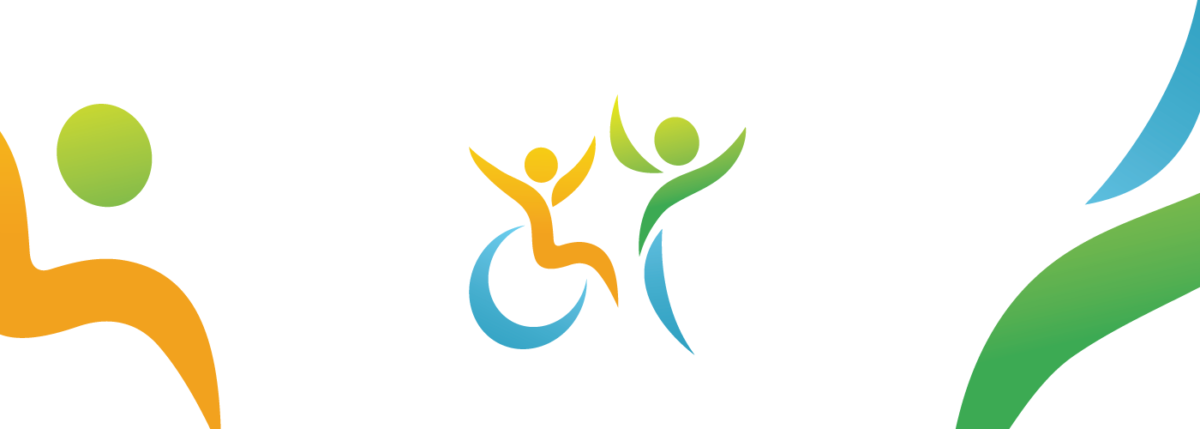Audio Version - 3-Minute Listen
At-a-Glance
People both with and without disabilities are more likely to achieve their goals when they have hope. Often thought of as an intangible concept, this study shows how hope is in fact measurable, predictive, and teachable. Snyder’s Trait Hope Scale is a useful tool for vocational rehabilitation professionals to measure and understand levels of hope.
Key Findings
- People who experience hope-focused rehabilitation have significantly better outcomes than those who don't.
- Goal achievement is driven more by thought and action than by emotions.
- Vocational rehabilitation professionals can teach hope to provide a more positive experience for their consumer and themselves.
- Hope enables people to deal with obstacles, set and achieve goals, cope with obstacles, and bounce back from setbacks.
- Hopeful people report higher self-esteem, more control over their lives, and better problem-solving ability. They also envision goal success and are optimistic.
Put It Into Practice

Tips and tools to help you apply best practices at work.
Use Snyder's Hope Trait Scale to:
- Measure baseline hope levels.
- Gauge motivation and pathway-finding ability.
- Identify which strategies are most likely to work.
- Determine if consumers need a boost in motivation or pathway-finding skills.
Frame consumer goals positively, using words like reaching, sustaining, and increasing.
Improve consumer motivation by:
- Ensuring goals are important to the client and that they feel a sense of ownership.
- Showing how to monitor and challenge self-talk and begin self-encouragement.
- Reframing “failures” as opportunities and helping consumers find the lesson in something that didn’t work.
- Supporting goal restructuring or modification.
- Encouraging consumers to share and discuss goals with friends.
- Identifying positive, relatable role models and success stories.
Help consumers find their pathway by:
- Assisting them to identify a pathway that is clear and specific, but flexible enough to be modified.
- Collaborating to find alternative pathways so they have a safety net.
- Working with them to break large goals down into doable sub-goals.
- Assisting them to find what they’re good at and how to fill in skill gaps.
- Seeing if obstacles can be resolved by approaching them differently.
More About This Research
Cultivating hope could have an enormous impact on both consumers and practitioners. Future research should focus on pre- and post-testing using Snyder’s Hope Trait Scale. Research measuring the success of hope-trained consumers over the person's lifespan would be valuable. Studies should evaluate the impact of “high hope” counselors on consumer outcomes. This could involve counselors who already use the hope model, or could use control and experiment groups where counselors are trained in hope methods.
Learn More
Coduti, W.A., & Schoen, B. (2014). Hope Model: A Method of Goal Attainment with Rehabilitation Services Clients. Journal of Rehabilitation, 80(2), 30-40.

